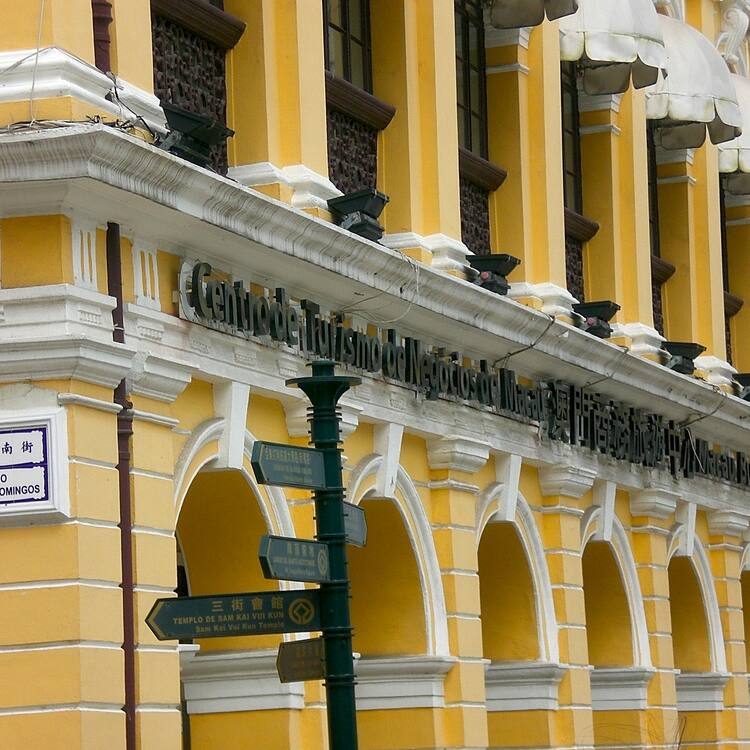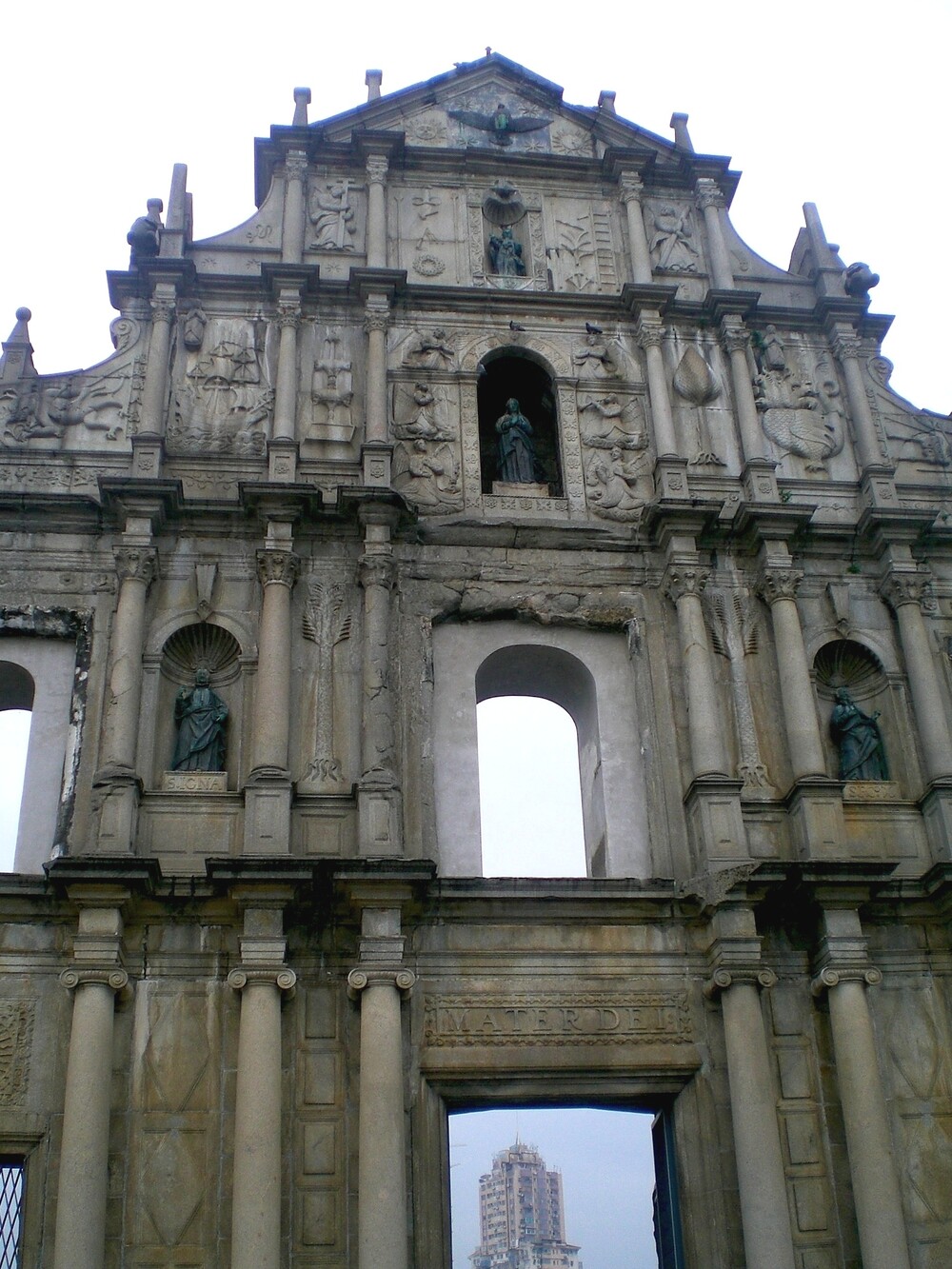Historic Centre of Macao

Macao, a lucrative port of strategic importance in the development of international trade, was under Portuguese administration from the mid-16th century until 1999, when it came under Chinese sovereignty. With its historic street, residential, religious and public Portuguese and Chinese buildings, the historic centre of Macao provides a unique testimony to the meeting of aesthetic, cultural, architectural and technological influences from East and West. The site also contains a fortress and a lighthouse, the oldest in China. It bears witness to one of the earliest and longest-lasting encounters between China and the West, based on the vibrancy of international trade.

Macao has been a fast growing economic region in recent decades. The integrity of the major monuments and the original urban fabric that define the historic settlement however has remained intact, with all necessary qualities to fully convey the Outstanding Universal Value of the property despite the contemporary setting of Macao. Land reclamation begun in the 19th century has changed the original coastline, but the historic centre is still connected visually with the sea, between the Guia Lighthouse and the Outer Harbour to the east, the A-Ma Temple with the river to the south, and the Mount Fortress to the river on the west. The Penha Hill inside the buffer zone also overlooks the river and the historic route of trading boats coming into Macao is still in use today, therefore it should also be identified as a visual link that can enrich the interpretation of the historic centre. Since 2005, there have been new development pressures outside the limits of the property, which have encouraged the expansion of detailed planning control guidelines beyond the limits of the inscribed site, with a special focus towards retaining visual corridors between the historic centre and the seascape and towards the riverside.